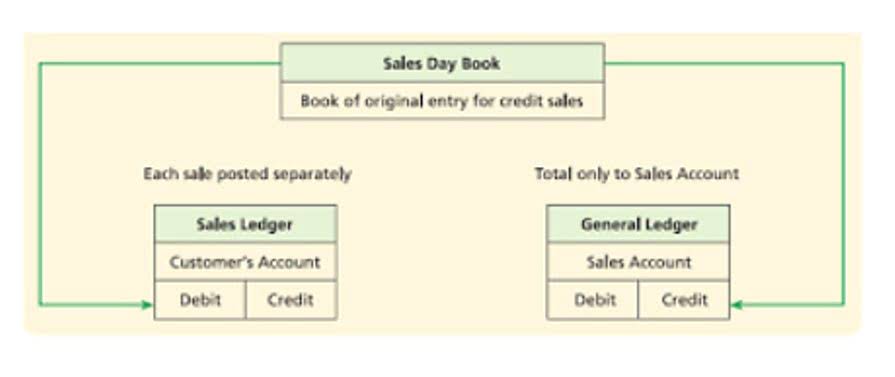
The fixed cost will reduce against the cost of each unit manufactured, thus increasing your income summary profit margin for that product. A specific material used in production is a variable cost because the price changes as you order more. Bulk orders are often at a reduced rate, creating a variable to factor into your incremental calculation. From a financial perspective, incorporating incremental cost enables businesses to evaluate the cost-effectiveness of various options. It helps in identifying the additional expenses incurred when producing or offering more units of a product or service. By understanding the incremental cost, businesses can determine the optimal quantity to produce or the most profitable pricing strategy.
Importance of Incremental Cost in Decision Making
If we look at our above example, the primary user is product ‘X’ which was already being manufactured at the plant and utilizing the machinery and equipment. The new product only added some extra cost to define ‘X’ as the primary user and ‘Y’ as the incremental user. For example, if you normally produce 10,000 units of a product per month, this base monthly volume is 10,000 units.

Example of How to Use Marginal Cost
Incremental cost analysis is a valuable tool for tailoring prices to fit special circumstances. Marginal cost is https://www.bookstime.com/ also beneficial in helping a company take on additional or custom orders. It has additional capacity to manufacture more goods and is approached with an offer to buy 1,000 units for $40 each.
Key Takeaways
Imagine a company that manufactures incremental cost high-quality exercise equipment. The company incurs both fixed costs and variable costs and has additional capacity to manufacture more goods. As seen in Case 2, incremental cost increased significantly by $55,000 to produce 5,000 more units of tobacco. This happens in the real world as prices of raw materials change depending on the quantity bought from suppliers. Here are some incremental cost examples based on different scales of production.
- The fixed cost will be reduced in comparison to the cost of each unit made, enhancing your profit margin for that product.
- For example, management may be incurring $1,000,000 in its current process.
- It refers to the additional cost incurred when producing extra units of a product or service.
- Thus, the above are some benefits that the procedure of marginal cost analysis contributes to the entire manufacturing process.
- Imagine a company that manufactures high-quality exercise equipment.
- This concept of efficiency through production is reflected through marginal cost, the incremental cost to produce units.
What Is an Example of Marginal Cost?

The change in overall cost as a result of producing one additional unit of output is referred to as the marginal cost. It is often computed when a corporation creates enough output to cover fixed costs and has progressed past the breakeven threshold, where all future costs are variable. However, incremental cost refers to the extra cost incurred as a result of the decision to expand output. Since incremental costs are the costs of manufacturing one more unit, the costs would not be incurred if production didn’t increase. Incremental costs are usually lower than a unit average cost to produce incremental costs. Incremental costs are always composed of variable costs, which are the costs that fluctuate with production volumes.

@aaaCookie, the incremental cost approach usually does not consider the costs you discuss. Marginal cost highlights the premise that one incremental unit will be much less expensive if it remains within the current relevant range. However, additional step costs or burdens to the existing relevant range will result in materially higher marginal costs that management must be aware of. In many ways, a company may be at a disadvantage by disclosing its marginal cost. When a company knows both its marginal cost and marginal revenue for various product lines, it can concentrate resources on items where the difference is the greatest. Instead of investing in minimally successful goods, it can focus on making individual units that maximize returns.

Closing Month Of Accounting Year: Definition & How To Choose For Your Business
In economics, marginal cost is the change in total production cost that comes from making or producing one additional unit. To calculate marginal cost, divide the change in production costs by the change in quantity. Incremental costs (or marginal costs) help determine the profit maximization point for an organization. If a business is earning more incremental revenue (or marginal revenue) per product than the incremental cost of manufacturing or buying that product, the business earns a profit. It’s calculated by analyzing the additional expenses incurred based on the addition of the unit. Incremental costs may be classified as relevant costs in managerial accounting.
Incremental Cost vs. Incremental Revenue
You can use this as a tool to manage cash flow while ensuring you are prepared for cost increases. Scaling production is a great goal but you must be sure the market is prepared to purchase and absorb your productions at the increased level. As your production rises, the cost per unit is lowered and your overall profitability increases. You can setup a spreadsheet with the formula to automatically calculate incremental costs at any level of production. This is makes production-based, decision-making processes more efficient.
What Do Incremental Costs Include?
When incremental costs are added, the fixed costs normally do not change, implying that the cost of the equipment does not vary with production levels. Incremental cost is the total cost incurred due to an additional unit of product being produced. Incremental cost is calculated by analyzing the additional expenses involved in the production process, such as raw materials, for one additional unit of production.
